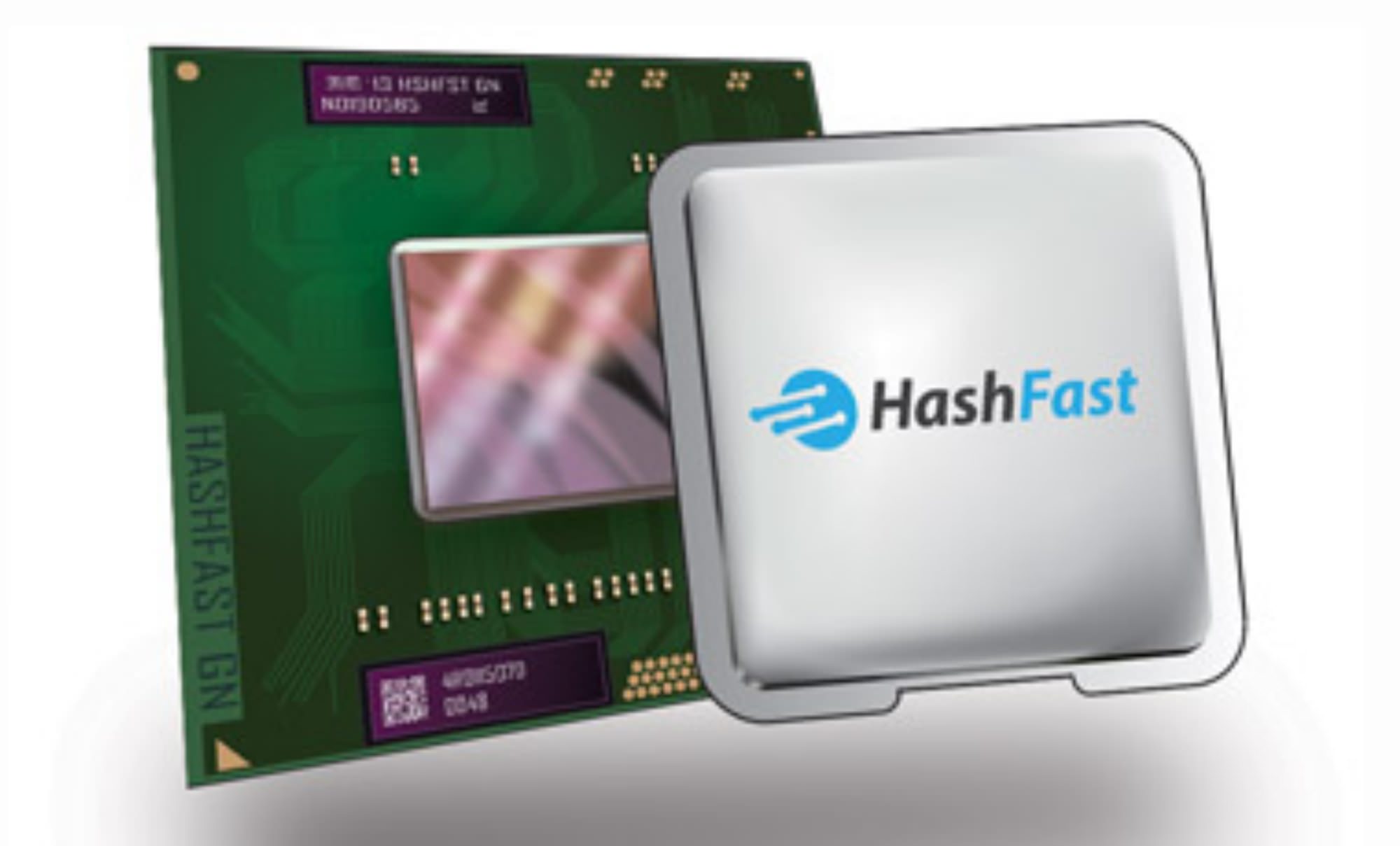
HashFast tapes out 400 GH/sec 28 nm mining chip
has reached the tape-out stage for its 28 nm mining ASIC, and expects chips from TSMC in time to ship boxes by late October.
The firm, started by Simon Barber and Eduardo de Castro, is preparing the Baby Jet ASIC miner, which will sell for $5,600, and use its ‘Golden Nonce’ chip. The chip will provide a nominal 400 GH/sec hash rate, operating at under 1 W per GH/sec.
Barber originally envisioned a 65 nm ASIC, but originally failed to raise funding from skeptical investors. When bitcoin prices ramped up earlier this year, the investors got interested, and the firm raised “in the range of” $700,000.
In July, the firm officially signed an agreement with Uniquify, a California-based silicon-on-chip design firm, who will be using TSMC to fabricate the chips.
Like KnCMiner, the firm is being conservative about its projected performance, refusing to publish anything more than a nominal performance rate, but acknowledging that it could be overclocked.
HashFast is aiming to get its first units out at the end of October, depending on how board installation goes. The rest of the units will ship “early thereafter”. It will also offer customers a full refund if they haven’t got the promised hash rate performance by the end of December, Barber promises.
It has also started a miner protection program, to help insure customers against difficulty that rises too quickly.
If the network difficulty rises so quickly that a miner doesn’t generate more bitcoins than the customer paid for it, then the firm will offer additional hashing power in the form of more ASICs.
It will calculate the hash rate shortfall if a box fails to reach ROI over a three-month period, and will then send the customer twice that hash rate to compensate. The protection program has a ceiling though: if the difficulty goes through the roof, the firm will only ship up to four times the original hashing power purchased.
“This is our attempt to ensure that our customers will get a good ROI,” Barber said. The protection mechanism works only in bitcoins, and won’t take account of the bitcoin/USD exchange rate at the time of purchase.
This is where the $2.8 per GH/sec rate on the firm’s web site comes in. The chips deliver that price-performance ratio in the most extreme case under the miner protection program, if a customer purchased the Baby Jet and the company shipped four times the 400 GH/sec capacity to the customer later, for a total of 2 TH/sec. Assuming that the miner protection program doesn’t kick in, then the price per GH/sec is $14 at the nominal hash rate.
The firm is already well into development for its second-generation chip, which uses a FinFet design. FinFet uses 3D structures, in which the microscopic transistors on the chip rise above the planar substrate on the chip. This gives them more volume than a traditional transistor gate, which enables them to conduct electricity more effectively, reducing the necessary voltage and increasing switching performance. The result is a faster, lower-power chip.
“It's the most aggressive design available in our time schedules,” said Barber, who believes he’ll be taping out this chip in the fourth quarter. He wouldn’t say what process node the design used, but CoinDesk notes that last year, TSMC announced plans for a 16 nm FinFet capability in early 2014.
Image credit: HashFast
DISCLOSURE
The leader in news and information on cryptocurrency, digital assets and the future of money, CoinDesk is a media outlet that strives for the highest journalistic standards and abides by a strict set of editorial policies. CoinDesk is an independent operating subsidiary of Digital Currency Group, which invests in cryptocurrencies and blockchain startups. As part of their compensation, certain CoinDesk employees, including editorial employees, may receive exposure to DCG equity in the form of stock appreciation rights, which vest over a multi-year period. CoinDesk journalists are not allowed to purchase stock outright in DCG.

